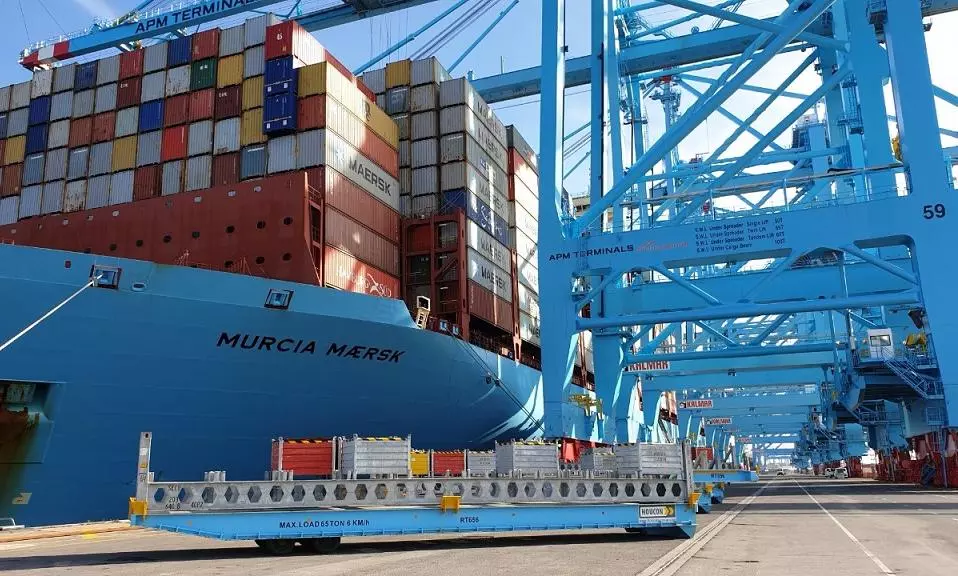Margin pressure looms for container terminal operators: Drewry
Drewry’s Global Container Terminal Earnings Index peaked in Q122 followed by a 13% drop in Q222
The ports industry now faces the dual challenge of skyrocketing costs and market downturn, which will squeeze operating margins through 2023, according to the latest update from Drewry.
"Drewry has downgraded the short-term prospects for the global container shipping market amid a deteriorating global economic outlook. Container terminal operators have already seen the cost of fuel and electricity escalate and now face rising pressure from dock workers demanding inflation-linked wage increases. Strong revenue gains, relating primarily to increased storage fees, have provided operators with a degree of protection against rising costs. With port congestion projected to ease by early 2023, Drewry expects unit revenues to decline, depressing terminal operator margins."
Drewry's Global Container Terminal Earnings Index, launched recently in the Ports and Terminals Insight, peaked in Q122 followed by a 13 percent drop in Q222 and a 3 percent QoQ increase in Q322, the update added.
Port companies benefited from a surge in unit revenues from Q420 to Q122 as rising port congestion drove growth in storage fees but the pace of growth slowed rapidly thereafter. Meanwhile, the same congestion also added to operating costs as did increased fuel and energy costs, the report said.
"Overall we expect to see congestion continue to ease in Q123 with demand on the major deepsea trades reverting to more usual seasonality (i.e. Q1 is off peak season)," says Eleanor Hadland, Senior Analyst - Ports & Terminals, Drewry. "The main unknown is what actions the carriers will take to manage capacity in the face of falling demand. If they continue to use blank sailings to reduce capacity deployed, then dwell times at ports are likely to remain above pre-Covid levels."
Drewry is expecting core stevedoring revenues to rise next year as CPI-linked annual price increases take effect from Q123. "With cargo traffic slowing and, in some cases, falling, terminal operators will lose some of the economies of scale that the post-covid demand boom facilitated."
Drewry expects port congestion will continue to ease as we move into 2023. "However, localised disruptions caused by port and supply chain strikes may well sustain the conditions that have resulted in increased storage revenues since Q420. Similarly, with the deteriorating cargo demand outlook, there still needs to be consensus as to when carriers will revert to fixed weekly sailing schedules, which would further erode recent terminal operator revenue gains."
This is in contrast to the congestion from late 2020 into early 2022 which was initially demand-led occurring over wider geographic markets and for extended durations to the extent that ports/terminals and carriers became trapped in a vicious cycle of congestion as sustained high demand overwhelmed operational capacity, Hadland said.
While pointing out that markets are coming down from the peak in almost all regions, Hadland said the European port market is struggling in the face of worsening economic conditions with high inflation impacting consumer demand and manufacturing activity, and a cost of living crisis due to rising fuel/food costs triggering a wave of strikes as employees seek to maintain wages in real terms. "The Chinese port market is still recording growth but at far lower levels than in previous years, and easing of Covid restrictions should help recovery in production/supply chain."

Jyothi Shankaran
Associate Editor, STAT Media Group. He has worked with IndiaSpend, Bloomberg TV, Business Standard and Indian Express Group. Jyothi can be reached at jyothi@statmediagroup.com



